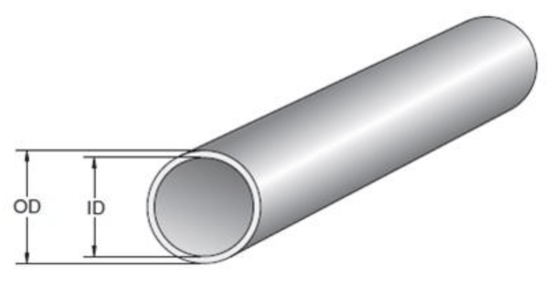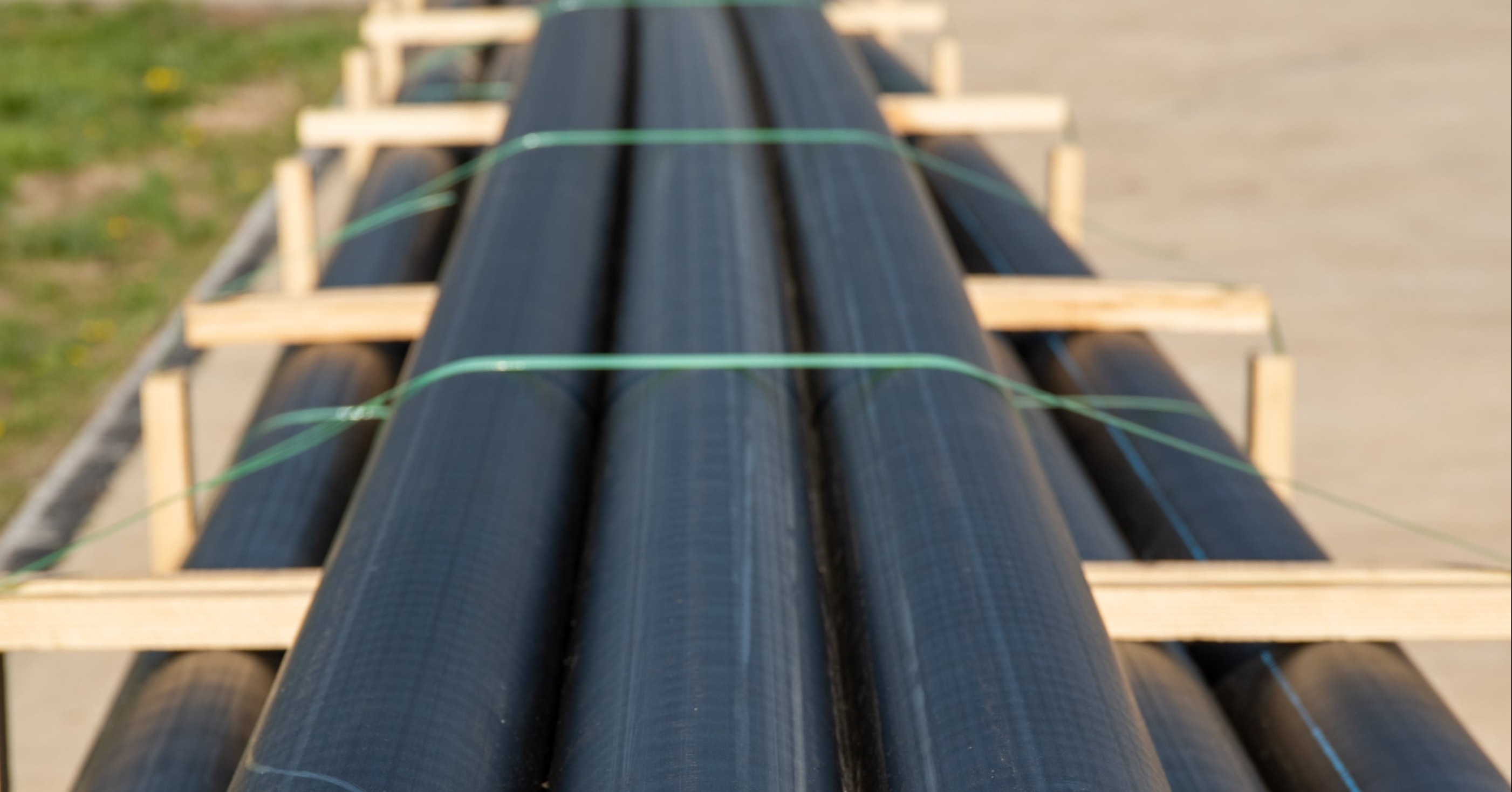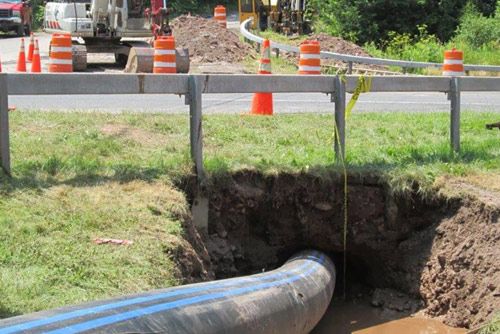To inform potential buyers and provide an overview of frequently requested HDPE conduit sizing inquiries, the Plastics Pipe Institute (PPI) of Irving, Texas, has published a listing of Frequently Asked Questions on their website. PPI is the major trade association representing all segments of the plastics piping industry. As an association, PPI focuses collaborative efforts to accumulate data, concentrate facts and target resources toward advancements in applications and increases in widespread usage. United Poly Systems is active member of PPI.
HDPE conduit is available from suppliers in numerous off-the-shelf diameters and wall thicknesses. It can also be custom ordered to meet desired specifications and customer needs. Factors to be considered for conduit sizing selection include:
- Method and complexity of installation/burial
- Required conduit wall thickness
- Cabling installation within the pipe during manufacturing or installation.
Below are some excerpted PPI FAQs related to conduit sizing.
HDPE Pipe Sizing Information and Considerations
What size conduit do I need?
The size of the conduit needed depends on the type of cables to be installed, the method of cable installation, and method of conduit installation. Visit PE Handbook of PE Pipe – Chapter 14 on Duct and Conduit – Section 8.1 for more information on the sizing of conduit based on cable fill and cable installation method.
Why are there so many sizing systems for conduit?
Different sizing systems for conduit define the outside or inside diameter (OD or ID), wall thicknesses and tolerances. These sizing systems include OD and ID controlled sizes where the OD, or ID in the case of ID controlled sizes, is fixed for a given size, and the wall thickness varies depending on the needs of the installation.

Common sizes are IPS, SIDR, True Size, Schedule, EPEC and SDR. Selecting the right size of conduit is important to ensure that the conduit is properly sized for the cable(s) to be installed and sufficiently robust for the installation and long term performance in the application.
The PPI Power & Communications Division is working to harmonize the sizes across the ranges of standards. Refer to PE Handbook of PE Pipe – Chapter 14 on Duct and Conduit – Section 8.2 for a more complete discussion of sizing systems
What do SDR and SIDR stand for?
SDR and SIDR values are indicators of wall thickness. SDR is the Standard Dimension Ratio, sometimes also referred to simply as DR (Dimension Ratio). Technically, it is the nominal outside diameter divided by the minimum wall thickness per specification. Similarly, SIDR is the ratio of the inside diameter of the conduit to the wall thickness of the conduit. The larger the SDR or SIDR, the thinner the wall thickness. The smaller the SDR or SIDR number, the thicker the wall of the conduit.
Smaller SDR or SIDR numbers also mean that the conduit has higher tensile strength and greater resistance to deflection than a comparable product with a higher number. The combination of the outside diameter (OD) or inside diameter (ID) with the SDR or SIDR will define the ID of the conduit and the available space for the cables.
Need help sizing the wall thickness for conduit in mini-HDD installations?
PPI’s Conduit Design Calculator is a software tool that aids in determining the most appropriate wall thickness of high-density polyethylene (HDPE) conduit installed via horizontal directional drilling (HDD) techniques.
Our Conduit Calculators can also help determine the optimal sizing, thickness, and HDPE products for your project. Try them now.
How many power cables can be placed into a conduit?
The NEC (National Electric Code) has guidelines on the number of conductors allowed in a HDPE conduit. A single conductor may fill 53% of the inside diameter of the conduit. Thirty-one percent fill ratio is allowed for two wires and 40% fill ratio is allowed for more than two wires. To calculate the fill ratio, multiply the area of the conductors by the quantity and compare to the inside area of the conduit. More information for sizing of conduit based on cable fill and cable installation method is available in PPI’s PE Handbook of PE Pipe – Chapter 14 on Duct and Conduit – Section 8.1
What is the maximum number of HDPE conduit innerducts in a casing?
The number of innerducts in a casing depends on the installation. The straighter and shorter the run, the more you can fill the casing. The longer and more complex the casing installation is, the less fill is applicable. Generally, the recommended percentage fills for all combined innerducts being considered, based on areas, is:
- 70% (maximum value recommended)
- 50% (short straight runs)
- 30% (longer and more complex runs)
About United Poly Systems
HDPE pipe is durable, flexible, and corrosion-resistant option for public utilities and power, to telecommunications and beyond. The market for HDPE pipe continues to grow as initiatives to improve, repair and expand infrastructure are implemented. HDPE conduit can be installed quickly and easily via directional drilling, trenching, micro-trenching and plowing.
UPS’ off-the-shelf HDPE conduit/pipe is available in a variety of sizes, colors, dimensions and lengths, with or without stripes. In addition, UPS can customize the pipe's diameter, thickness, color and other options to suit your project and can manufacture custom lengths to maximize footage and reduce connections.


